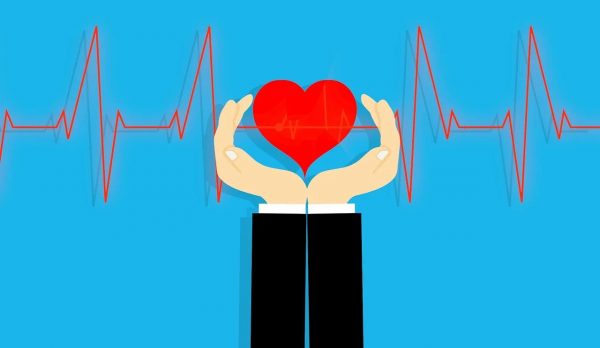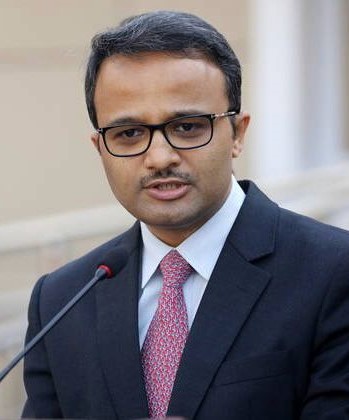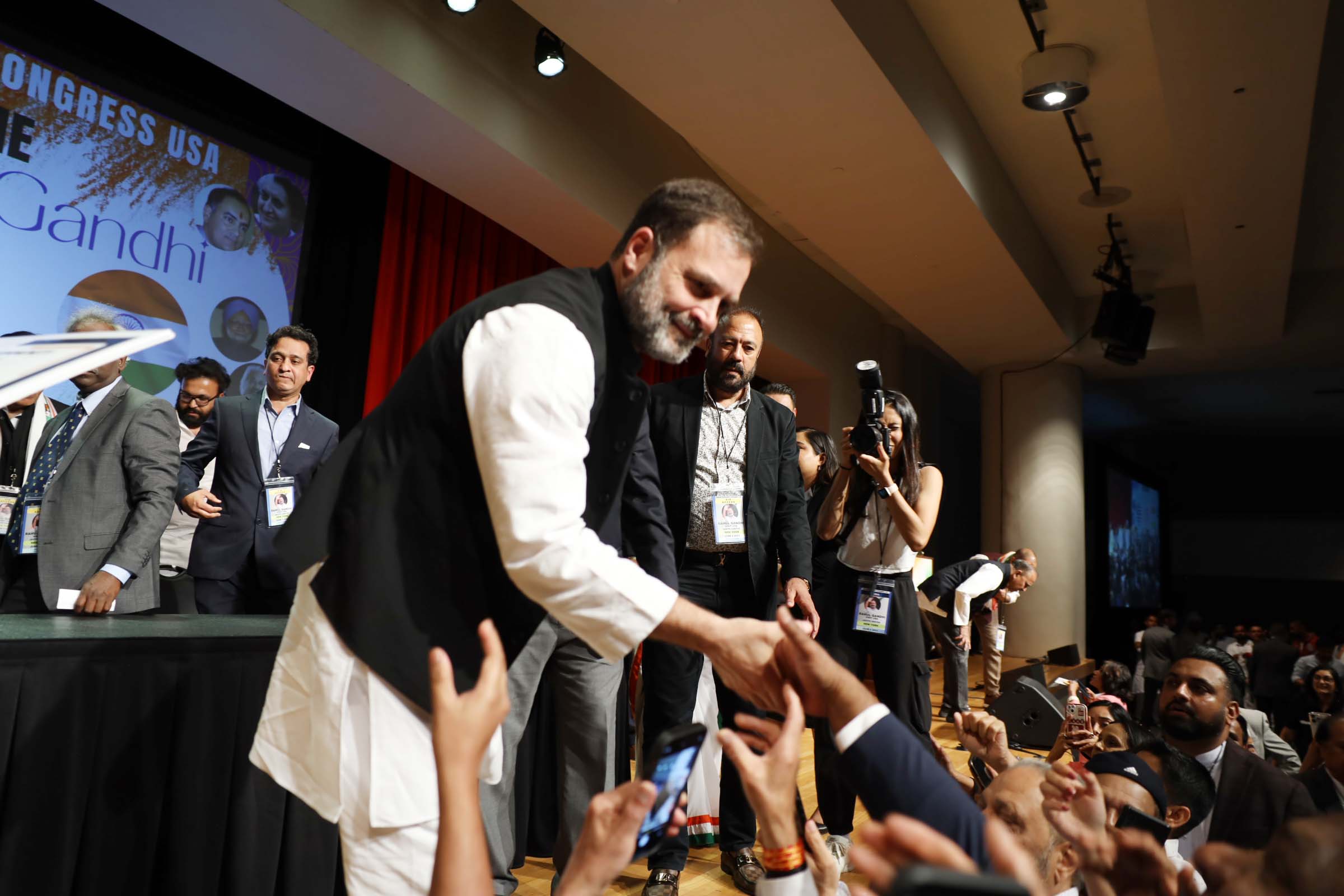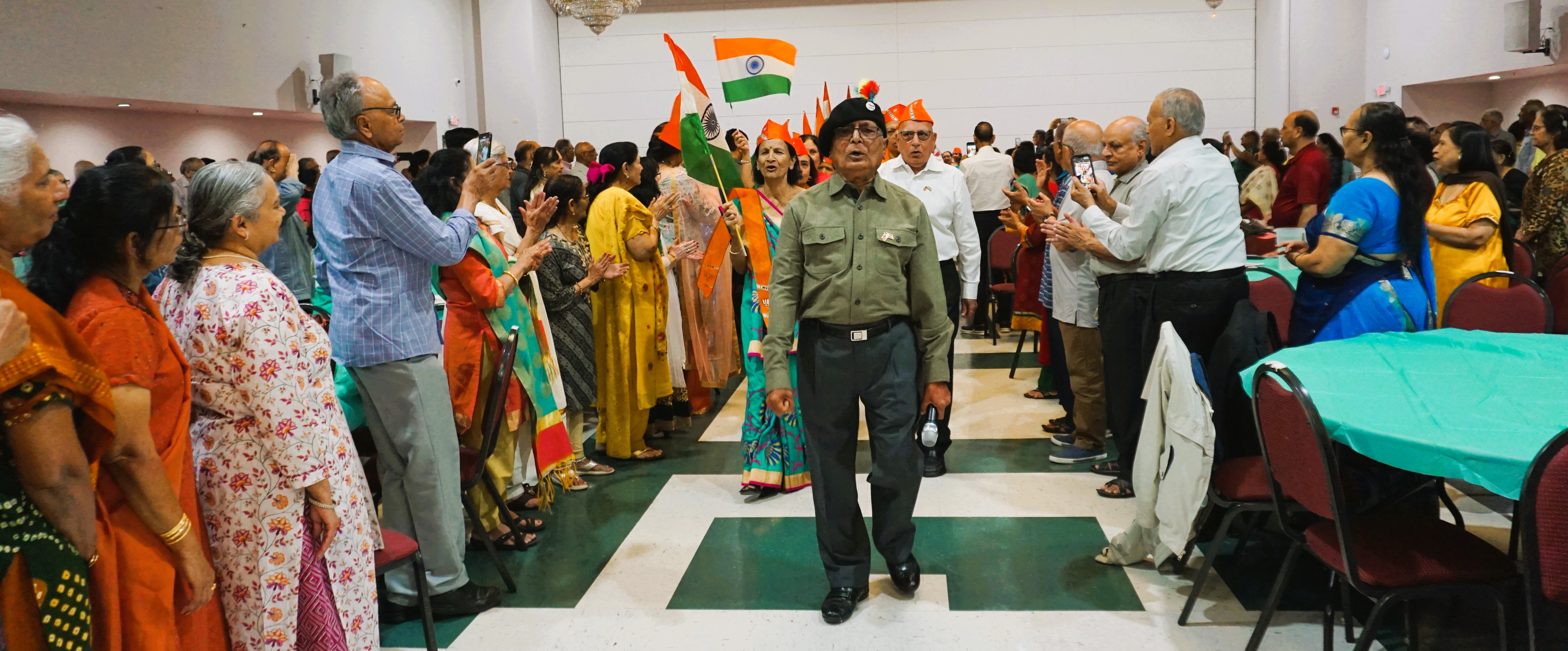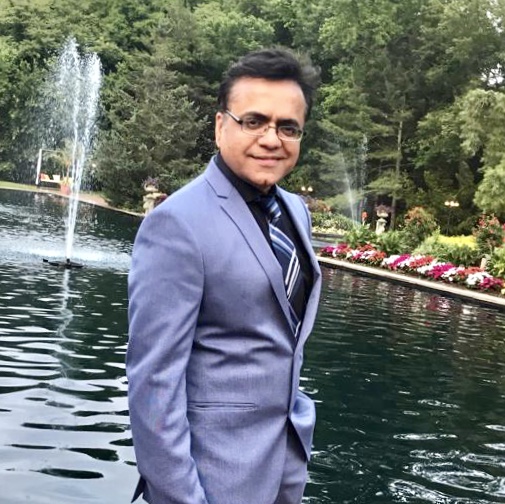A large number of South Asians appear to have “insulin resistance”, a condition in which the body does not utilize insulin efficiently, resulting in Diabetes, which leads to a significant number of heart-related problems. Lack of adequate exercise, stress, and genetic predisposition are also contributing factors
Vemuri S. Murthy, MD
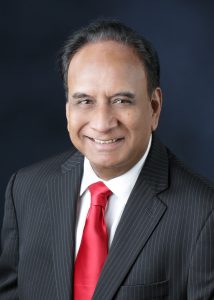
February is the “American Heart Month” to raise awareness of heart disease and promote “Healthy Heart” lifestyles. Heart disease is the number one Global Public Health problem. South Asians are at a four-times greater risk of heart disease than their western counterparts and have a greater chance of having a heart attack before 50 years of age. Heart attacks strike South Asian Men and Women at younger ages, and as a result, both morbidity and mortality are higher among them compared to any other ethnic group. They tend to develop heart disease ten years earlier than other groups.
Almost one in three in this group may die from heart disease before 65 years of age. In India, heart disease remains the number one cause of death. Common risk factors are smoking and a diet high in sugar, salt, refined grains, and fat. A large number of South Asians appear to have “insulin resistance”, a condition in which the body does not utilize insulin efficiently, resulting in Diabetes, which leads to a significant number of heart-related problems. Lack of adequate exercise, stress, and genetic predisposition are also contributing factors.
Body Mass Index (BMI), a measure that determines if a person’s weight is healthy, often falls into “skinny fat” category in South Asians, who may have an acceptable BMI, but carry more of their weight in their abdomen. The fat surrounding their internal organs (visceral fat) increases the risk of having a serious heart attack. More than one-third of South Asian men and about 17% of South Asian women have “Metabolic Syndrome”, with high blood pressure, high blood sugar levels, excess fat around the waist, and abnormal cholesterol levels that increase Heart Disease risk, Stroke, and Diabetes.

The triglyceride levels tend to be higher with lower levels of HDL-good cholesterol. South Asians also tend to have smaller luminal diameters of the coronary (Heart) arteries and higher-grade obstructions of multiple vessels that can lead to the “death” of parts of heart muscle during a “Heart Attack”.
Immediate Bystander CPR (Cardiopulmonary Resuscitation) can double or triple the chances of their survival. There is insufficient data on the prevalence of Sudden Cardiac Arrest among South Asians living in the United States or Indians in India.
It is evidence-based information that women, in general, have a different pattern of heart symptoms and seek emergency medical help less often than men, and may receive less treatment for the same condition in both primary care and secondary prevention. In an observational study of Out-of-Hospital Cardiac arrests (OHCA) reported in Indian Print Media, published recently (2020) in the Journal of Indian College of Cardiology, the important role of mass media was recognized in raising public awareness of cardiac arrests and encouraging bystander CPR help to improve outcomes. (The Author is a Co-Author of this study).
To collect available information on OHCA in India, a pilot project called WACAR (Warangal Area Out-of-Hospital Cardiac Arrest Registry) was initiated during January-December 2018 to understand OHCA in a regional setting in the State of Telangana.(The Author is the CoInvestigator of the WACAR Study, which was published (2020) in the Indian Heart Journal). The study, which was based on an internationally accepted Utstein template, included 814 subjects of OHCA.
With the available collected data, results of the study showed that Heart disease with pre-existing conditions such as high blood pressure, diabetes, and tobacco addiction led to sudden cardiac arrests in a majority of cases. The study addressed the need for a reliable Cardiac Arrest Registry with accurate and detailed data of all OHCAs.
The data is essential to develop a comprehensive community cardiac care plan involving EMS(Emergency Medical Services), Bystander CPR, Public Access Defibrillators (devices to reverse dangerous heart rhythms), and faster access to emergency interventions in tertiary cardiac care hospitals. A recently completed project in India to improve outcomes after heart attacks is the “HeartRescue India” project (2015-2020) in Bengaluru, Karnataka.
The University of Illinois College of Medicine and UI Health in partnership with Ramaiah Medical College and Hospital in Bengaluru initiated this groundbreaking program in India. The project was funded by the Medtronic Foundation. The purpose of this project was to reduce deaths due to sudden cardiac arrests and improve access and quality of care for heart attack patients in Bengaluru.
The program implemented interventions with successful outcomes across the three settings of cardiac care: (1) communities, (2) pre-hospital EMS, and (3) a network of hospitals within a 10- kilometer catchment area in Bengaluru. The project is a unique, comprehensive Indian Cardiac Care Model, tailored to the local community’s needs, efficiently utilizing available resources and workforce. COVID-19 Pandemic has slowed down the progress of global health initiatives. With the administration of the COVID-19 Vaccine combined with robust international public health measures, it’s possible to regain the lost momentum of these “life-saving” programs.
The following recommendations will enhance the “Heart Health” of a community: 1. Prevention: A. Increasing awareness through Community Education about Heart Disease, Stroke, Sudden Cardiac Arrests, High Blood Pressure, and Diabetes B. Targeted CPR-training Programs for Communities and High School Students 2. Early diagnosis: Community Health Screenings and Personal Counselings and 3. Timely interventions Mental health-promoting strategies with an individualized holistic approach need to be encouraged.
In summary, it’s critical to initiate “Community Heart Health” programs with preventive strategies, retard the progression of heart disease with early diagnosis and individualized treatment plans, and implement measures to enhance neurological and other functional outcomes after sudden cardiac arrests. The latter involves providing immediate resuscitation help with high-quality bystander CPR, early defibrillation, and faster transportation to tertiary cardiac care hospitals.
Needless to say, a concerted effort is needed to achieve the goals by all involved stakeholders, Governmental and non-Governmental, with individual participation!
Acknowledgement: Terry Vanden Hoek, MD, Bellur S. Prabhakar, MSc, Ph.D. (University of Illinois College of Medicine, Chicago, Illinois, USA), Srinivas Ramaka, MD (Srinivasa Heart Center, Warangal, Telangana, India) and Aruna C. Ramesh, MD (Ramaiah Medical College & Hospital, Bengaluru, Karnataka, India) were actively in studies referred in the article.
Dr. Vemuri S. Murthy, an Adjunct Faculty in the Department of Emergency Medicine at the University of Illinois College of Medicine, Chicago, Illinois, USA and Visiting Professor in India, is an Advocate of Resuscitation education, training and research in USA and India
















